Arriving mid afternoon in Granada was not very encouraging. The weather was lousy, drizzling rain, cold and generally uninviting for tourist type activities. Not to be discourage, after checking in to our hotel and and feeling a little peckish we headed off. Once again we had done well with our hotel booking and found ourselves not far from the old centre of town. We found a cosy bar/cafe and ordered some tapas. Again we were confronted with the issue of very little English being spoken. But the wonderful guys in the bar took it as a great challenge to look after us. The friendly and cheerful nature of the Spanish, with very few exceptions, continued everywhere we went.
Wandering around Granada was not at all conducive to taking photos on our first afternoon. due to the terrible weather. So after some time we started to plan our next day (well morning actually as we were only staying one night and had a 12 noon checkout). Speaking to a lady in a tourist information bureau and from prior knowledge, we knew we were not going to get into the Alhambra, particularly the Nasrid Palaces, without having booked well in advance. Not to be discouraged, we decided that we would find our way to the Alhambra and walk around its perimeter. At least we would get a glimpse of the complex and the gardens. So first thing in the morning we grabbed a taxi and headed up to the entrance gates. To our delighted surprise, due to the absolutely crappy weather we were able to purchase tickets and get a 9:30 am entrance into the Nasrid Palaces. The number of people per day that are allowed into the complex are strictly limited and had the weather been more considerate we would have had no hope of gaining entry. As it was, we were very lucky to be as early as we were as the next entry time had been fully booked out for some time.
See below info from the Alhambra Web Site on purchasing tickets. We were indeed very fortunate.
“General information about the tickets
- Due to the great demand of tickets and to the restriction of the number of visitors per day, advance booking is recommended.
- Entry to the areas accessible to visitors is limited to the relevant time of the purchased type of ticket: Daytime visit and Evening or Night- time visit.
- Entry to the Nasrid Palaces is limited to the time indicated on each ticket. There is no special restriction to entry to the Generalife and to the Alcazaba.
- Due to the number of visitors, arriving earlier to the Monument is recommended.
- Visitors should leave the Monument at the closing time.
- Detailed information on how to buy Alhambra tickets.
We were in deed lucky – chekout the rest of the restrictions here http://www.alhambradegranada.org/en/info/ticketsale.asp
The Alhambra: – http://en.wikipedia.org/wiki/Alhambra
After our visit to the Alhambra we grabbed some lunch then checked out of our hotel and headed for Cordoba.
Each night that we booked our hotels for the next night we made sure that the hotels had parking facilities, not an easy task when booking hotels in the heart of these old cities. We had booked 2 nights in the hotel in Cordoba and the web site assured us that they had parking available.
Before leaving Australia, I had purchased Spain Road maps for my HN6 navigator. What I great decision that turned out to be. Being able to use a navigator that I was used to with a great 6inch screen was fabulous. The maps only cost $35 and the alternative to hire a GPS with the hire car can run into a lot of “extra” charges. We found this last year when we hired a car in Dubai.
The navigator did a fantastic job of getting us through the plethora of narrow, one way streets of the cities that we visited, Cordoba being a great example. The drive to Cordoba was 200 km with the country side starting to look more like the Spain that we had a mental image of. Olive trees and Orange trees. In fact orange trees are used in public wherever you look. No wonder every cafe and bar only serves fresh orange juice. We have never seen so many orange trees outside of a commercial orange grove.
Arriving at the hotel we were calmly advised that all of the hotel parking was full. But there is some street parking that the hotel is allowed to use for its guests, we were advised. So suitably armed with a map and instructions from the girl at reception we duly parked our car and walked the 250 m back to the hotel. Concerned that we were not really supposed to park where we had, I took a photo of the parking restriction sign above our car and showed it to the hotel receptionist. She then advised that it should be OK, as she emails a list of cars and rego numbers to the police each night. We asked why we did not have some sort of permit to put on the dash but was assured that it would not required. That settled, lets go wandering.
For us Cordoba was fabulous, but that may have had something to do with the fact that the weather was on the improve. But the whole city reeked history.
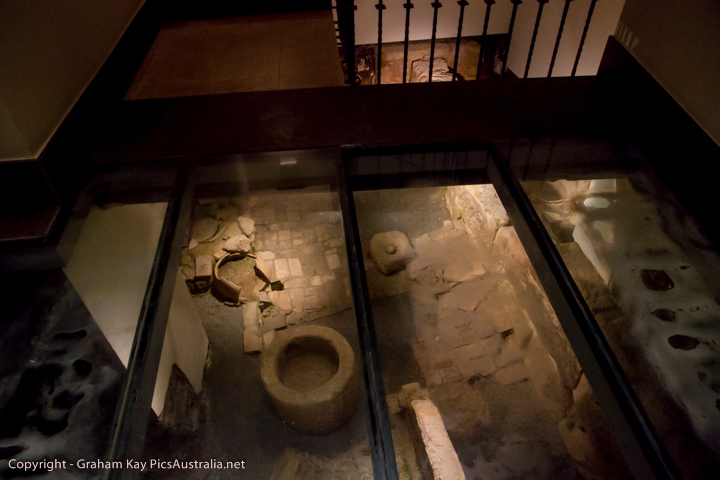
Even our hotel reveals Roman ruins underneath the ground floor. Glass floor to reveal the history that abounds in Cordoba
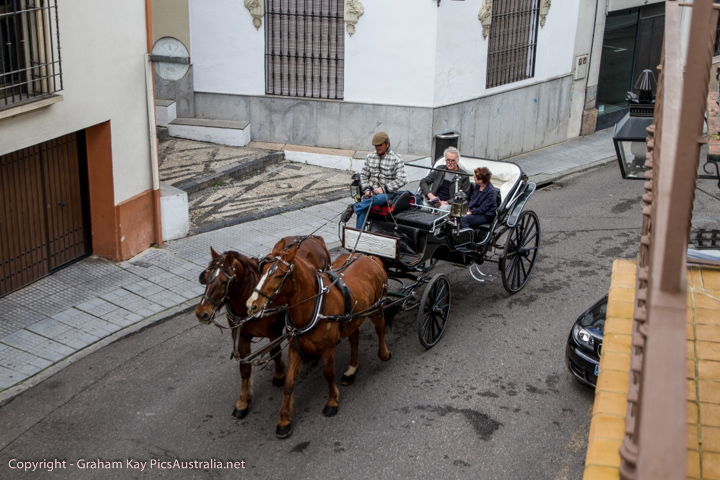
View from our hotel room balcony
The following morning we took advantage of the double deck tourist bus, the narrow street that our hotel was on was part of the bus route. Cordoba tourist buses were a little different to the other cities that we had been to, as in addition to the double story bus there was also a small bus that went down extremely narrow streets. You could jump on or off either of the buses at your own discretion.
The most stunning attraction in Cordoba,(among many) was “La Catedral De Cordoba”
This is apparently one of the most significant Mosques in Europe (indeed even the world). Slap bang in the middle of the Mosque is a Christian Cathedral. This was obviously in the days that the two religions got on together and in act worked together in communities. Then came “The Dark Ages”.
UPDATE: See Comments Section regards the history of “La Catedral De Cordoba” :- thanks Harry

Just a small section of the Mosque (La Catedral De Cordoba) in Cordoba.
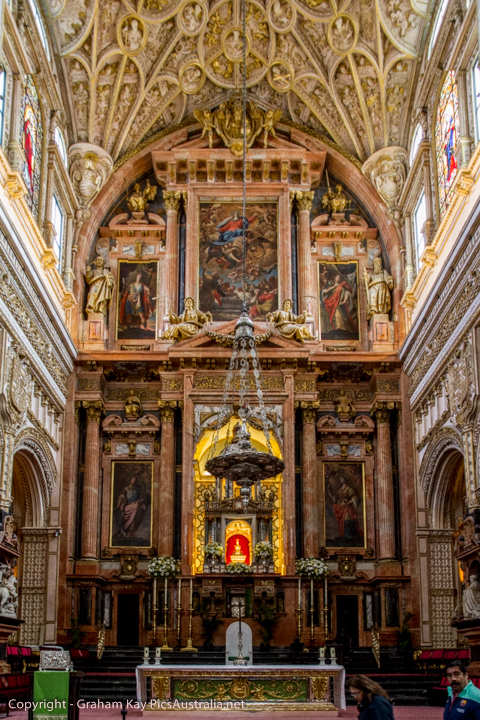
The magnificent Christian Cathedral slap bang in the middle of the Mosque
Info here: http://www.catedraldecordoba.es/index.asp
On the bus we had had the opportunity to check that our car was OK as we drive past. However the following morning when we checked out early for our drive to Toledo, we walked the 250 m with our luggage only to find that our car had gone AWOL. BUGGER!!!! So back to the hotel, now a different receptionist who informed us that we should have been given a permit to put on the dash, and in any case where we were parked was not permitted. “Your car is more than likely impounded” we are advised.
So a taxi to the impound yard and 112 Euros later we had our little diesel Ford hatch back under our command. Despite my insistence, no compensation was forthcoming from the hotel. Oh well, write it off as a travel expense and get on with enjoying your holiday. It is not worth the stress to get annoyed.
Next stop the Fabulous City of Toledo then Madrid




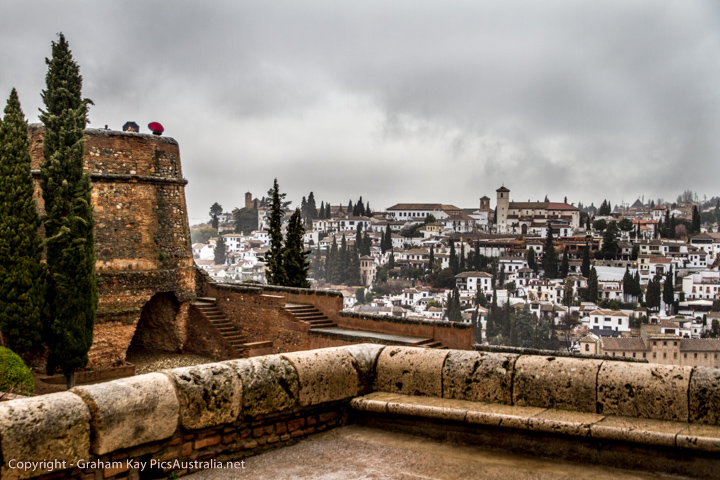

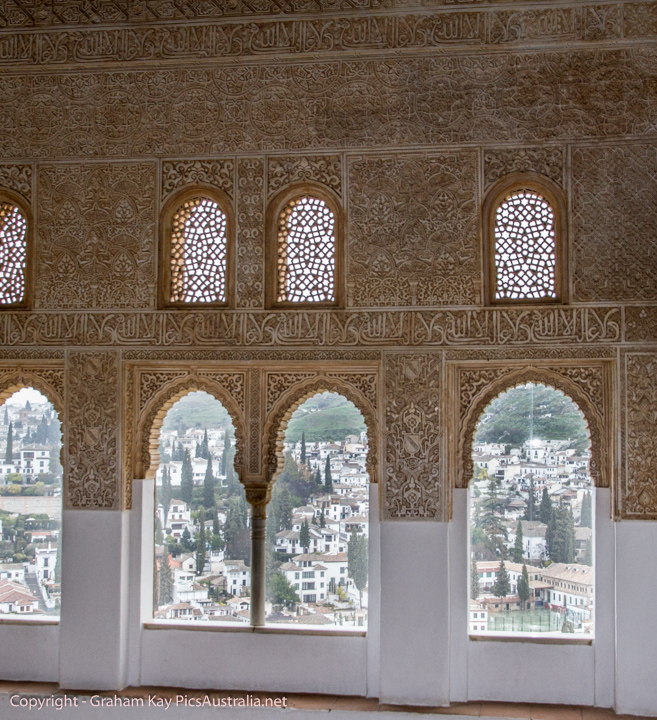


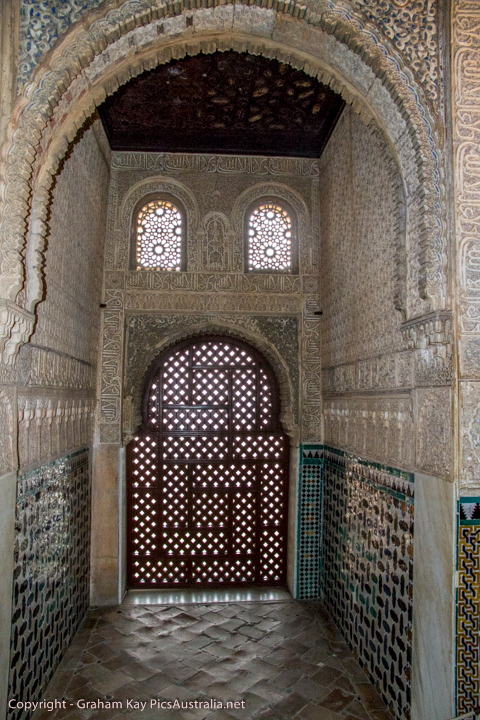
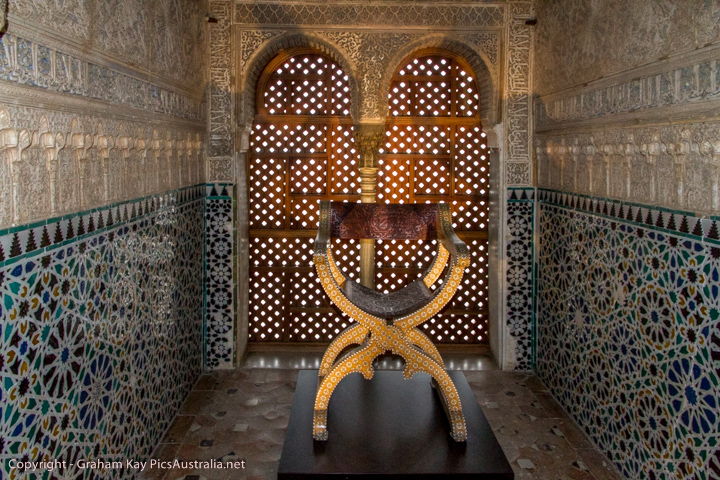
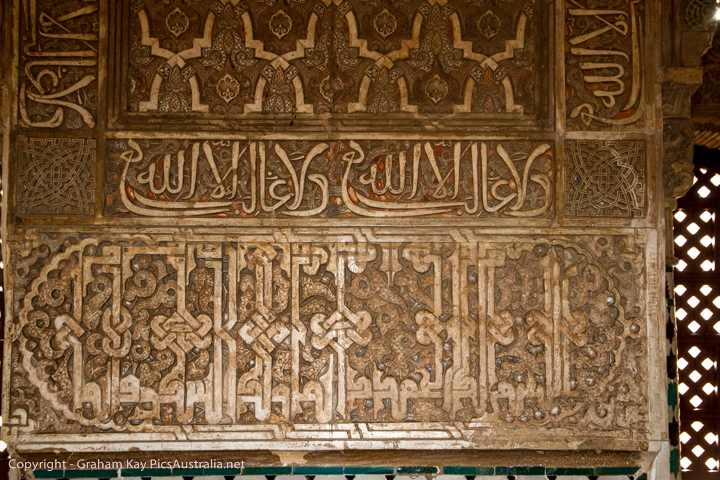
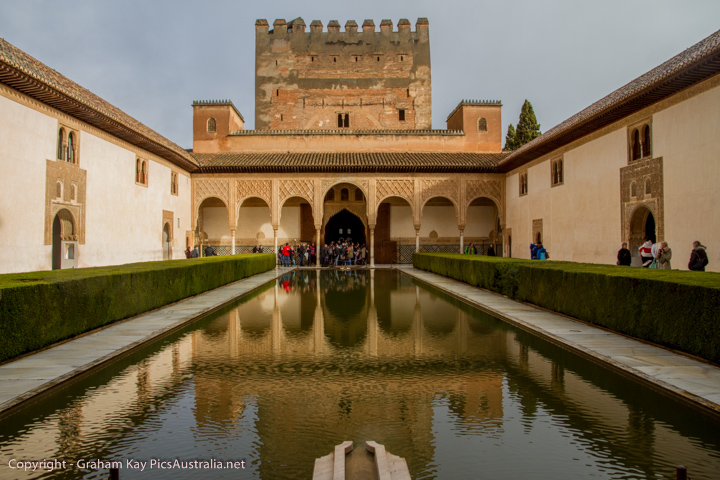
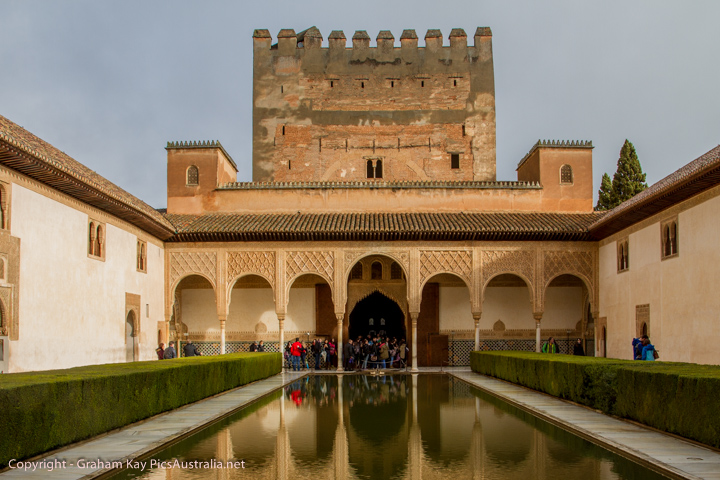

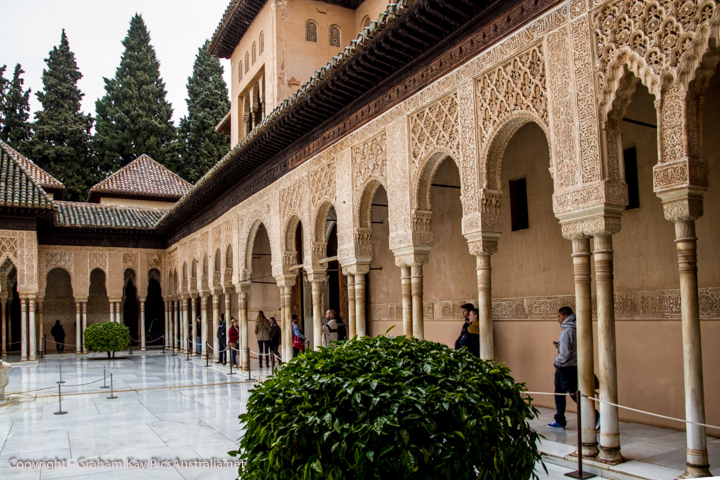
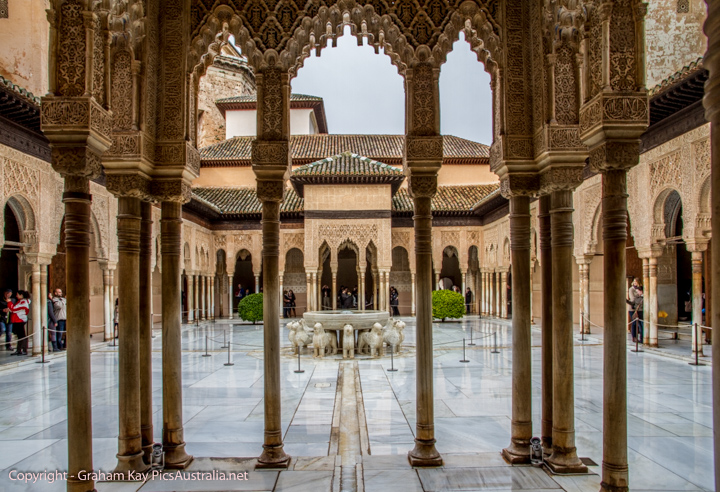



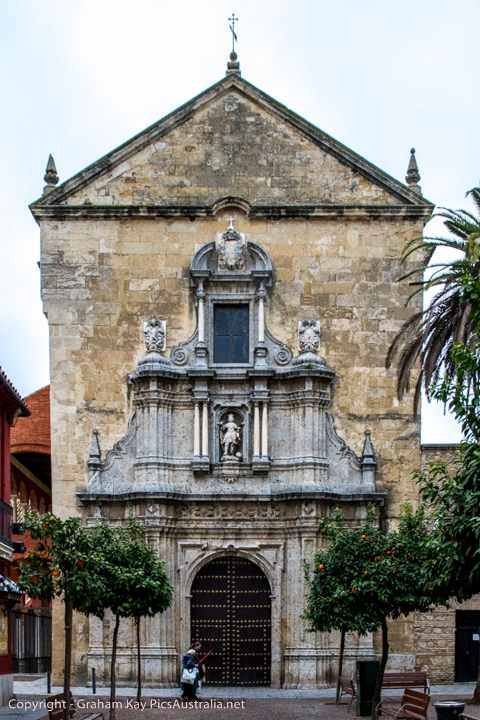

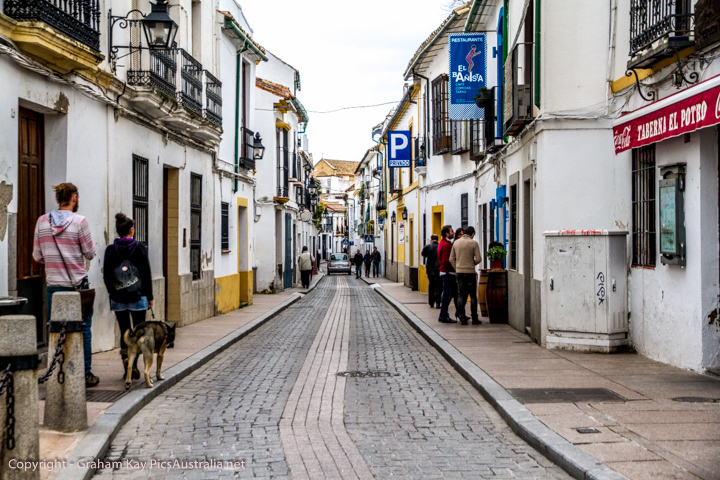
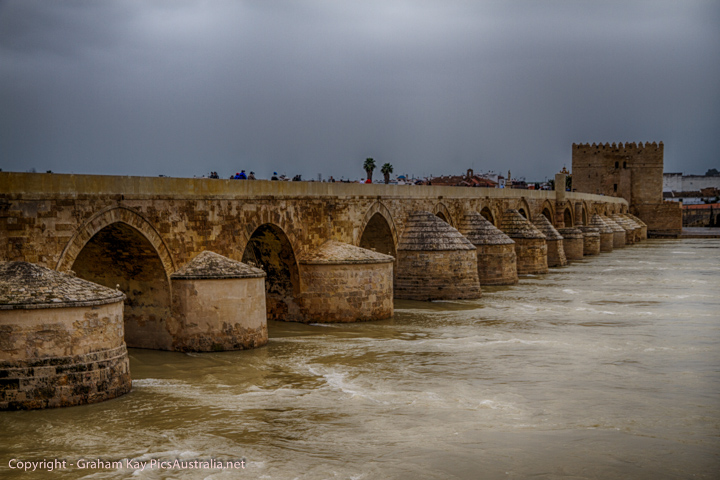
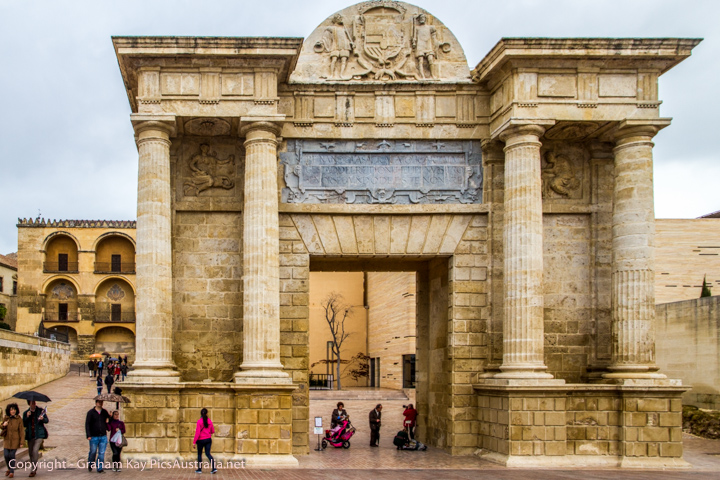
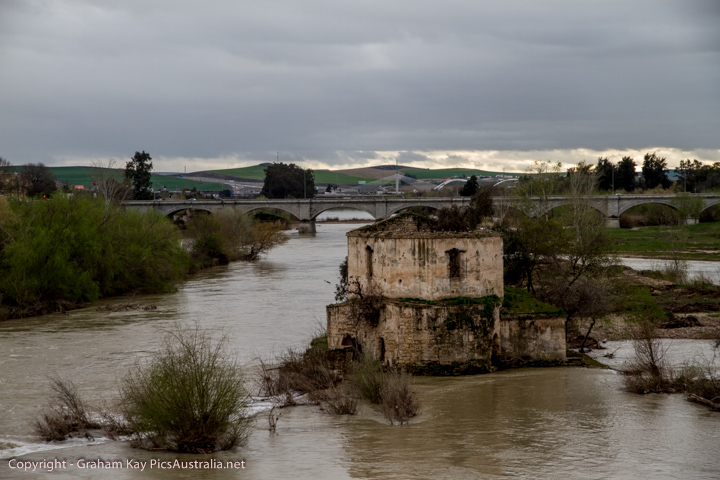
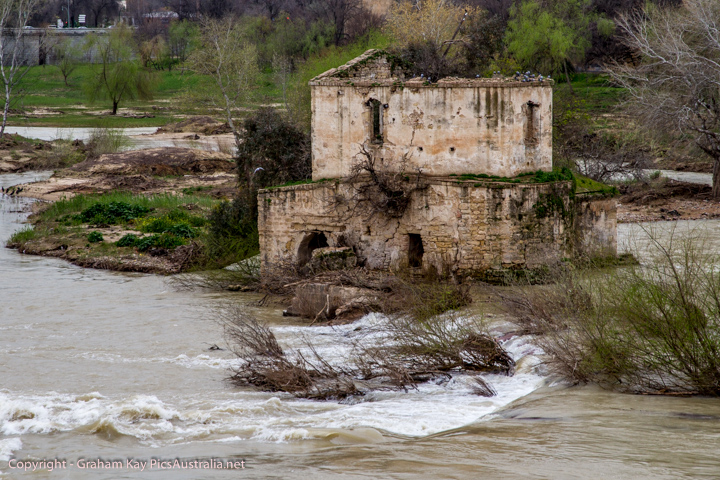
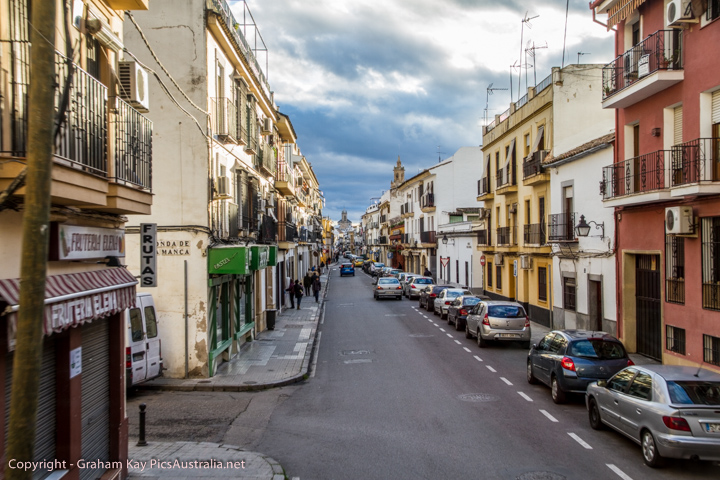
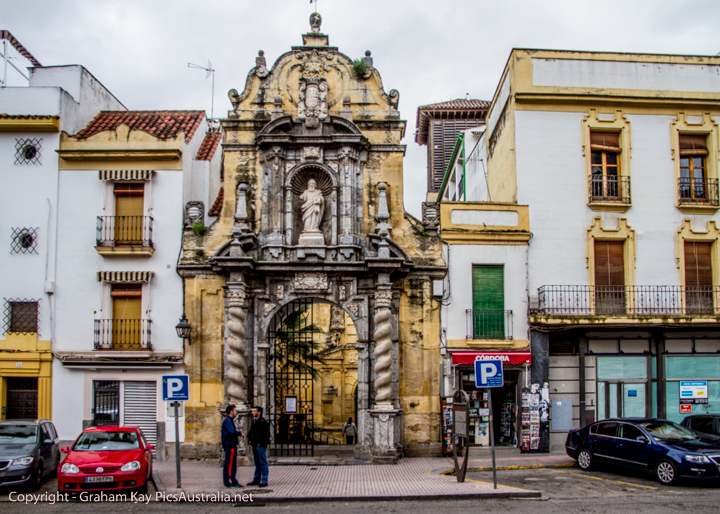
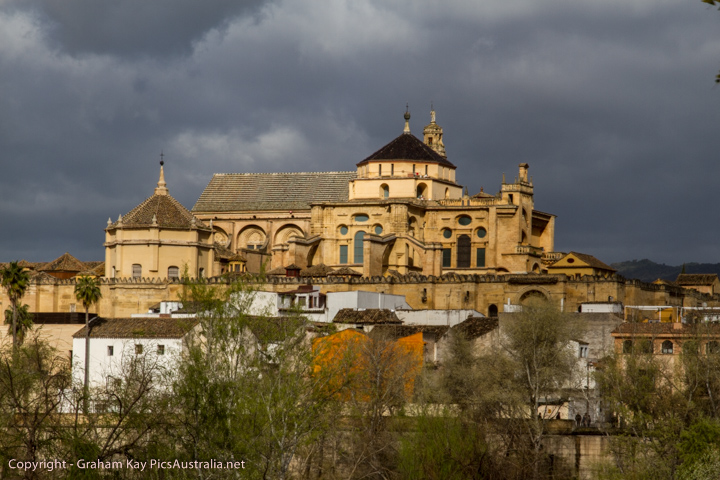
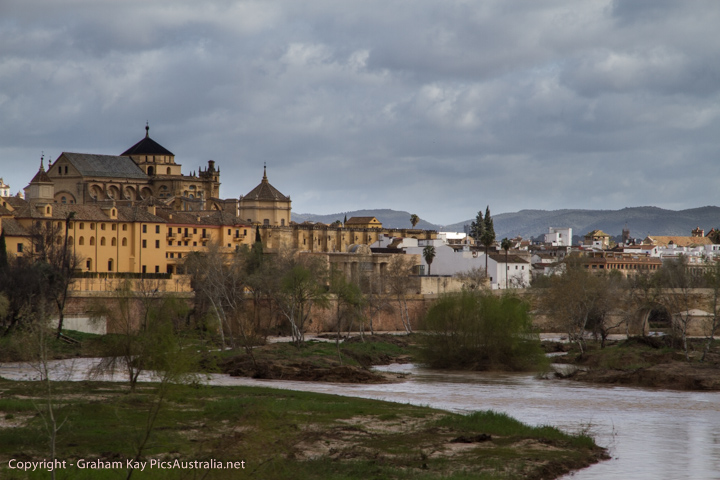

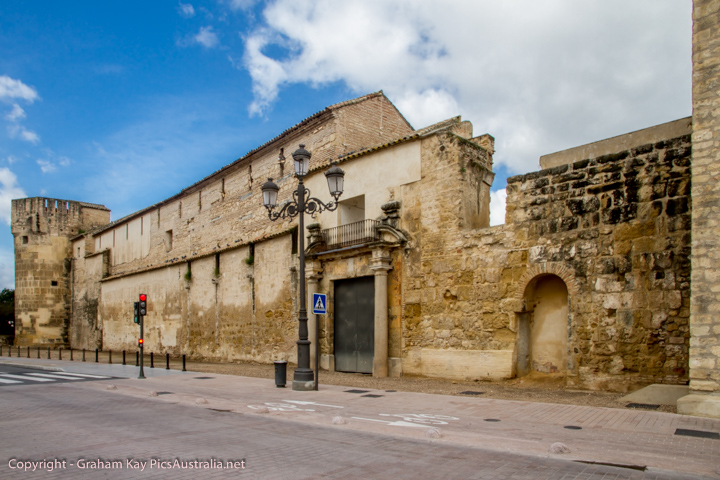
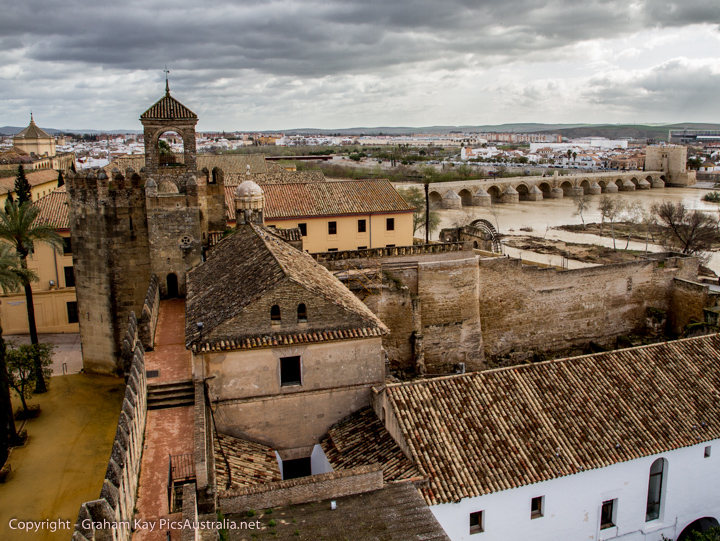

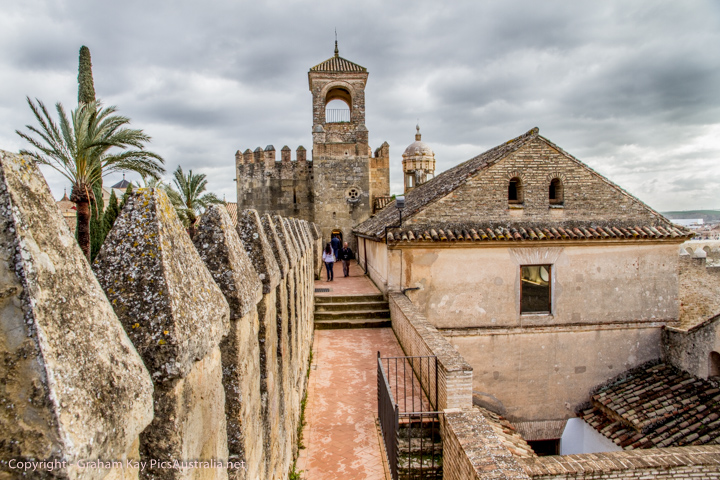


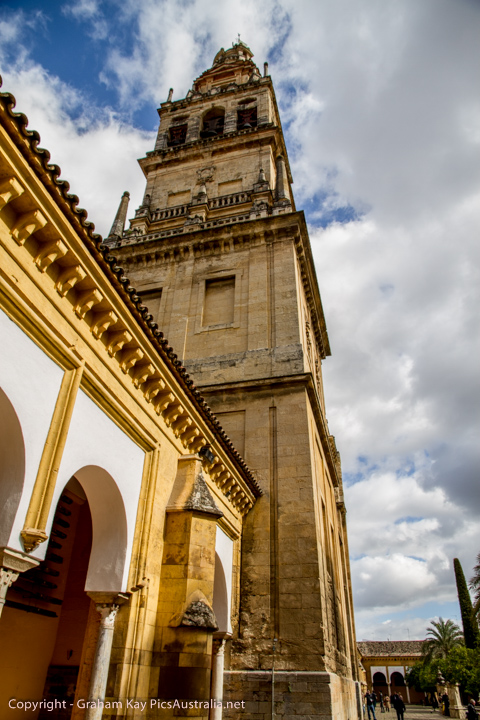
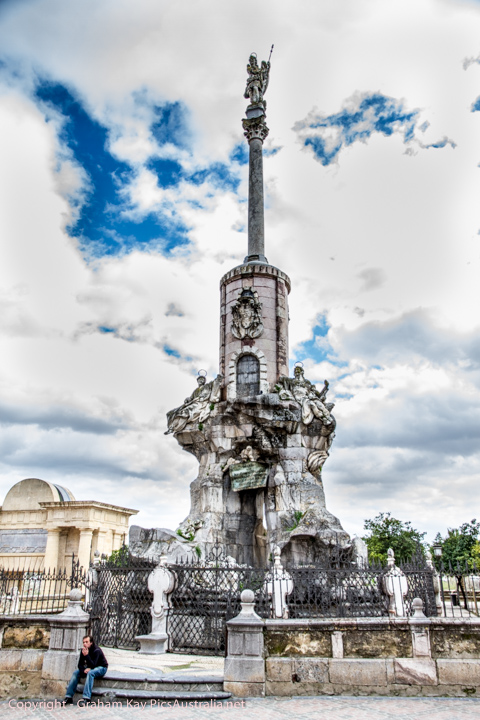

My good mate Harry has set the record straight regarding the situation with the Mosque in Cordoba. Goes to show, we should slow down and read the literature when doing whirlwind visits to areas of significant history.
He writes
“Graham
I do not believe there was much amity between the Christians and Muslims in 1236.
In 1236, Córdoba was conquered by King Ferdinand III of Castile in the ‘Reconquista’, and the mosque was converted into a Catholic church in its centre. Alfonso X oversaw the construction of the Villaviciosa Chapel and the Royal Chapel within the mosque. The kings who followed added further Christian features, such as King Henry II rebuilding the chapel in the 14th century. The minaret of the mosque was also converted to the bell tower of the cathedral. It was adorned with Santiago de Compostela’s captured cathedral bells.
The most significant alteration was the building of a Renaissance cathedral nave right in the middle of the expansive structure. The insertion was constructed by permission of El Libertador Charles V, king of Castile and Aragon. However, when Charles V visited the completed cathedral he was displeased by the result and famously commented, “they have taken something unique in all the world and destroyed it to build something you can find in any city.”
The mosque’s reconversion to a Catholic church, may have helped to preserve it when the Spanish Inquisition was most active. Artisans and architects continued to add to the existing structure until the late 18th century.
Best wishes
Harry”
glad you enjoyed grenada and alhambra. a couple of your photos appear the same as i took. (your quality of same is better i would think). enjoy, cheers mate.